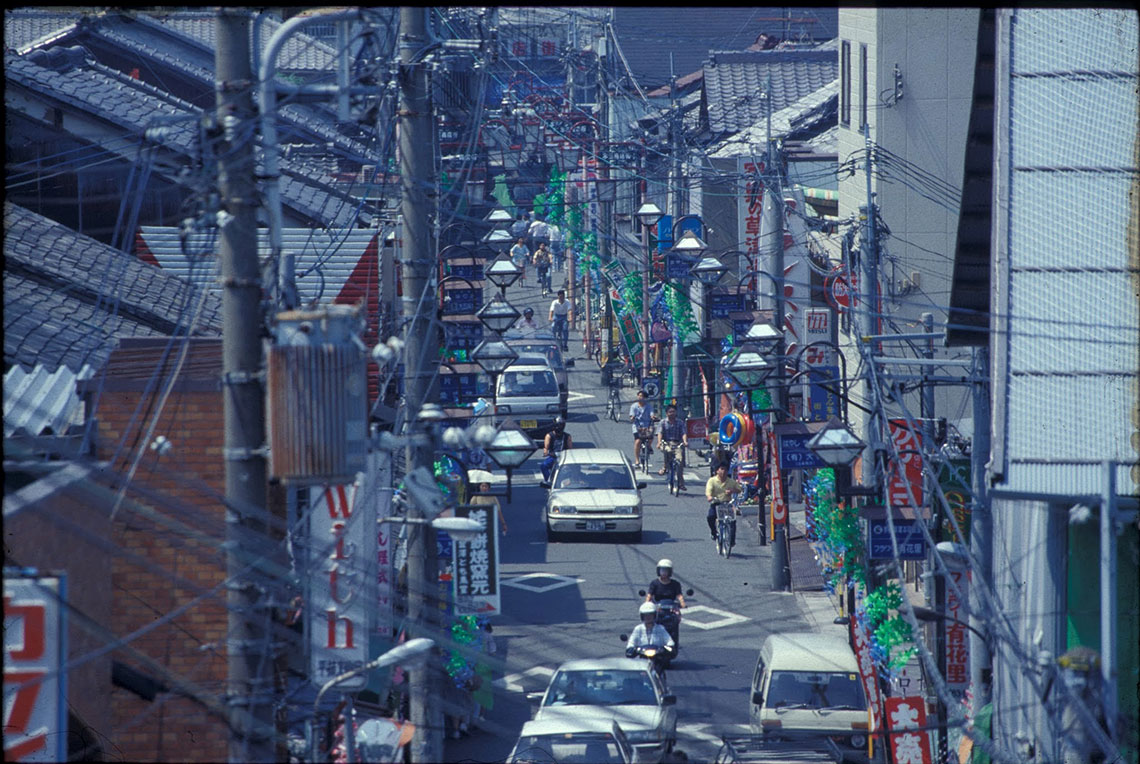At the junction of the two most important highways in Japan – the Tokaido and the Nakasendo, Kusatsu was certainly a busy post-town. The 1843 survey of post-towns reports that, in Kusatsu, the men were occupied in ‘highway work’ while the women ‘wove at their looms’. No mention is made, however, of the people who must have operated the seventy-two inns in the town. This is more than twice the number of inns in any other post-town in Omi province (Shiga prefecture). Today the town is noted as center for a wide variety of light manufacturing industries, which have taken advantage of relatively cheap land prices and continued good access to the metropolitan markets. Kusatsu is also attractive to commuters who can take advantage of good train connections to Kyoto and Osaka. As a result the population has risen from 2350 in 1843 to more than 95,000 today.
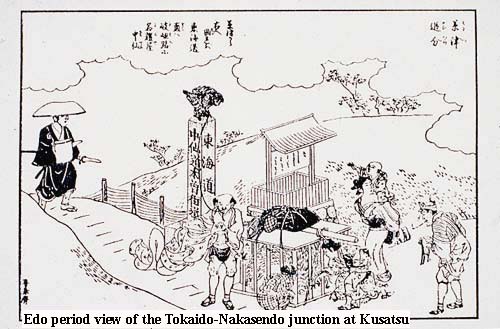
Junction of the Tokaido and the Nakasendo
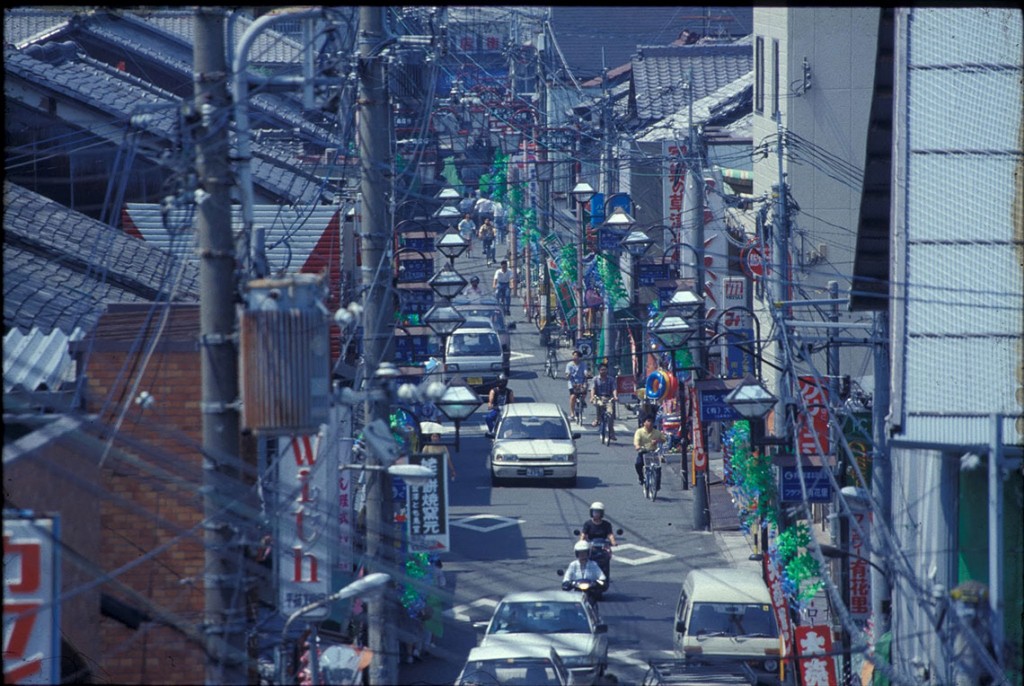
The twenty-three mile journey from Kusatsu to Takamiya continues across the Omi plain, and passes through the post-towns of Moriyama, Musa, and Echigawa. The road is on the whole flat, although one or two gentle rises are encountered where it skirts the low hills at the edge of the plain. The Omi plain is an obvious route for travel in the direction of Tokyo and there have been many transport developments in this region in the last century or so. In 1889 the main railway trunk line (named after the Tokaido highway which parallels the Nakasendo in this area) was completed here, and closely followed the route of the Nakasendo. In the mid 1960s the Shinkansen super-express (‘bullet train’) and the Meishin Expressway were built. Although the roar of trains and traffic can be heard from time to time, these developments by and large left the old highway undisturbed. Of much greater impact was the construction of National Highway Route 8, also in the 1960s. This road attempted to upgrade the old, narrow Nakasendo to make it more suitable for modern traffic needs. Fortunately, the high economic and social cost of demolishing the many houses, shops and farms which line the old highway meant that, for the most part, Route 8 by-passes rather than overlays the Nakasendo.

The post-town of Moriyama lies just three and a half miles beyond Kusatsu. It was a comparatively large place, with a population of 1700 in the 1840s, and more than thirty inns. In part this is due to the fact it was a favored night-time stop after one day’s travel from Kyoto – if travelers preferred to avoid the hustle and bustle of Kusatsu. Having a rail station on the Tokaido trunk line, the town has grown rapidly due to the development of factory estates and suburban housing in recent years. These changes have left the historic core of the old post-town relatively unaffected, however, and much of the old character is preserved. Of interest is the junction in the center of the town with the ‘Korean’s Road’ (Chosenjin-do). This was a variant of the Nakasendo, rejoining the main highway at Toriimoto. It seems likely that it was laid out when Oda Nobunaga built Azuchi castle in the 1570s, and obliged all travelers to stop and rest at his new castle town there. The name recalls the visits of Korean embassies to the shogun (there were twelve in the Edo period), since it appears they were obliged to use this road on their journey to Edo.
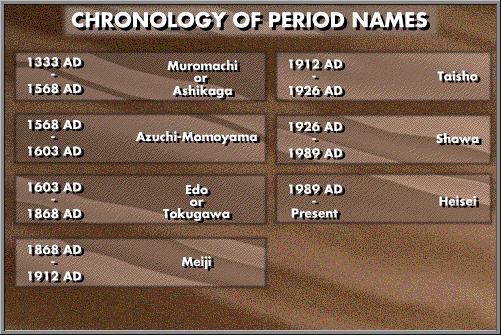
The long section of old highway between Moriyama and Musa (eight and a half miles) passes a number of contrasting landscapes. At Yasu there is a fine view of Omi Fuji, one of many lesser hills in Japan which, because of a vague similarity in shape, have assumed the name of the sacred mountain, Mount Fuji. Just like the real Fuji, however, the area surrounding it has become home to many new industrial developments in recent years. After all, compared to the metropolitan centers of Osaka, Kyoto, or Nagoya land here is cheap, but access to these markets via the Meishin Expressway is easy. Leaving Yasu the road assumes a more rural character. Hiroshige’s print of Musa shows a river crossing which utilizes two old boats staked together. The old highway still leads to this same point, but the boats have long since gone and a detour to the nearest bridge on Route 8 is necessary. Shortly after this, the tombs of two 12th century monks are passed. They were executed here for having persuaded two of the emperor’s favorite concubines to become nuns while he was away from court.
Musa itself is now no more than a pleasant, but undistinguished village. By-passed by the Tokaido rail line the former post-town fell into rapid decline in the Meiji period as the twenty-three inns lost custom and the inhabitants gave up all work associated with highway traffic. For the next six miles the road passes through rice fields and, near Goka, past some old textile factories. The area between here and Takamiya was particularly well known for cotton and flax production in the Edo period, and many of the wealthiest of the Omi merchants lived around Goka. Industrial investment continued here in the Meiji period, and the cloth produced from districts such as this became an important source of export earnings for Japan at that time. The relative decline of textiles since the 1950s, however, has reduced the former importance of this area, although the Omi plain continues to be one of the most productive rice growing districts in the country.
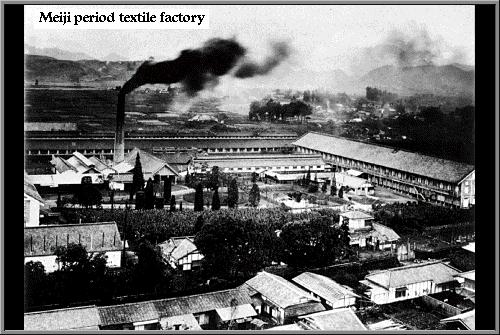
old textile factories
This situation is reflected in the present day appearance of the next post-town, Echigawa. A prosperous place in the Edo period, with twenty-eight inns and a population of more than 900 in 1843, the town continues an important function as local market and retail center. The decline of textiles, however, means that Echigawa still maintains a ‘small town’ atmosphere, with relatively little sign of the new prosperity evident in larger towns and cities today. Leaving Echigawa, the old highway follows a line parallel to Route 8, and only a hundred or so yards from it. Looking across one can see other signs of the new prosperity often associated with these busy modern highways, including auto distributors, sports stores, pachinko parlors, truck stops, and the occasional suburban apartment block. The old Nakasendo on the other hand is quiet and, for this stretch at least, lined with noble old pine trees known as namiki-matsu. After five miles the next post-town of Takamiya is reached.
